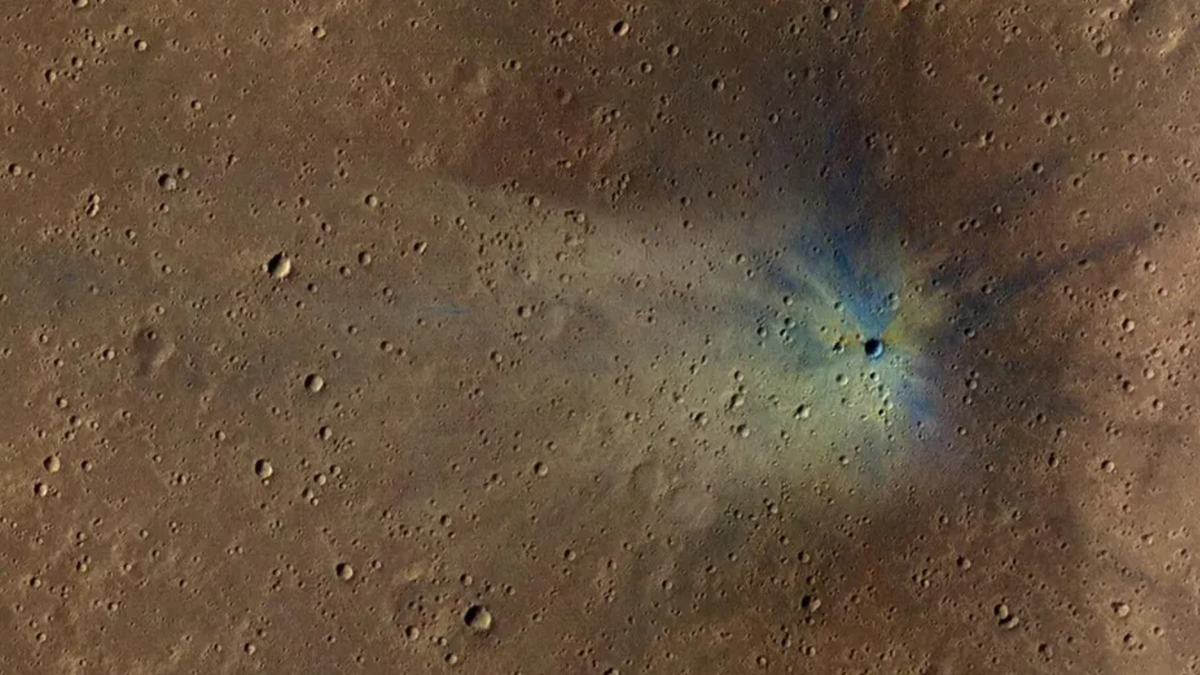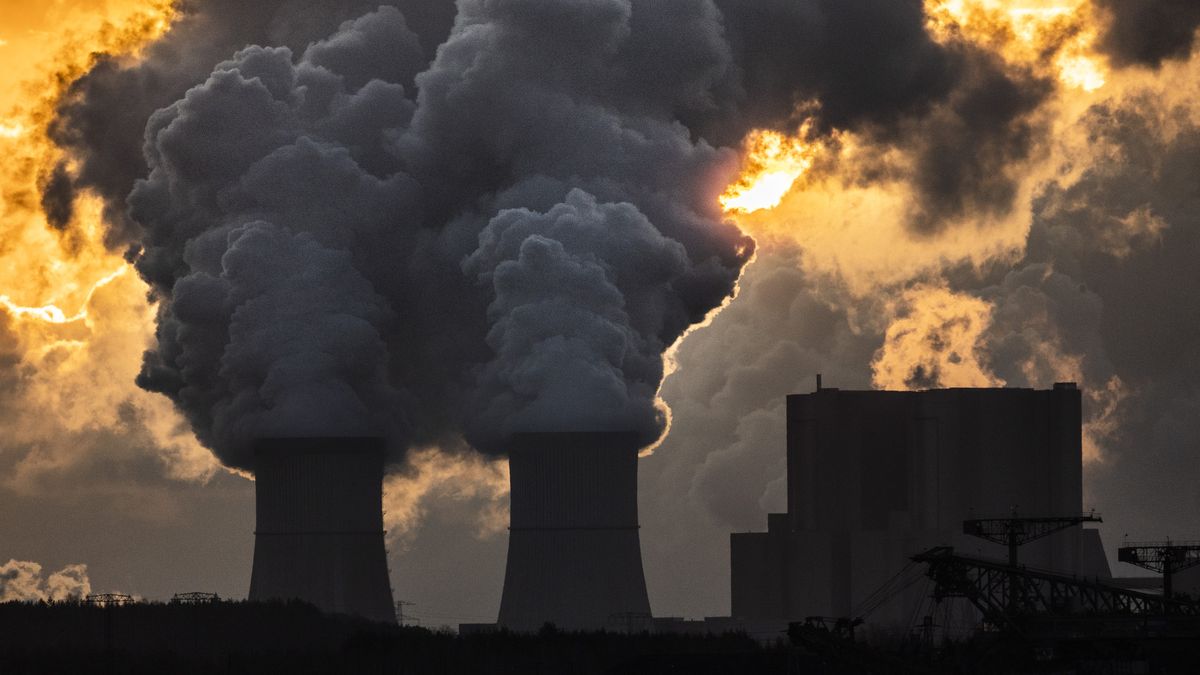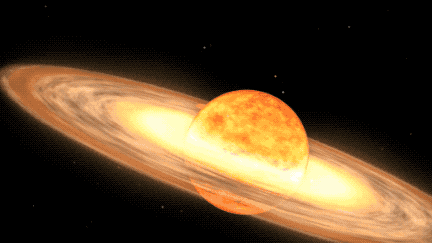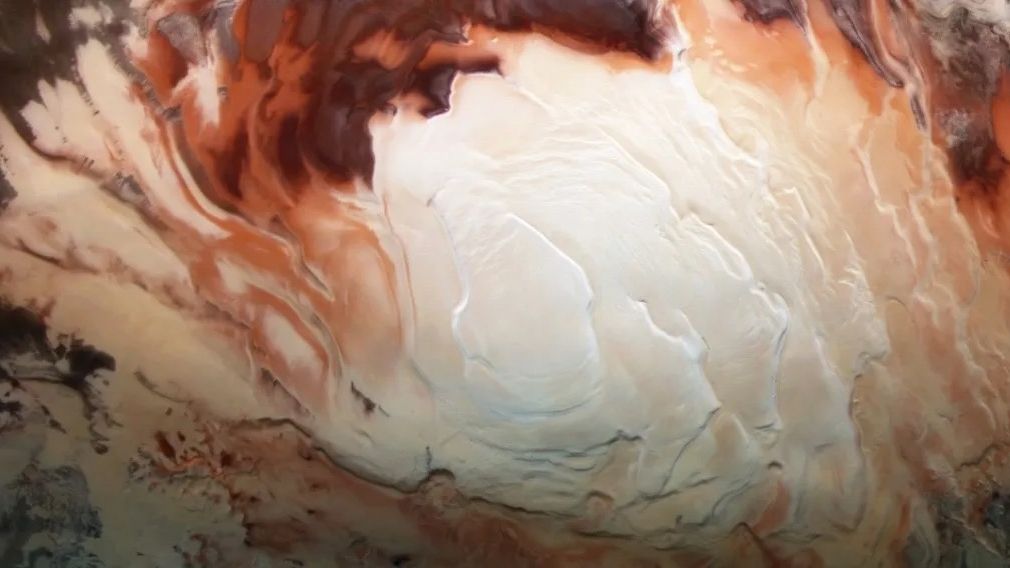Mars Crater Impacted by 2 Billion Smaller Craters Over 2 Million Years Ago
Millennia ago, the surface of Mars bore the scars of a colossal asteroid impact, resulting in a single massive crater and some two billion smaller craters. These secondary craters stretched over an area of approximately 1,000 miles (1,800 kilometers), marking this asteroid event as one of the most significant impacts observed on the Red Planet in recent times. The occurrence of asteroids large enough to cause extensive damage like this is estimated to transpire once every 3 million years.
Impact Details
The impact took place at Mars’ equator within an area known as Elysium Planitia, leaving behind a primary crater named Corinto, measuring 8.6 miles (13.9 kilometers) in diameter and 0.62 miles (1 kilometer) deep. On the other hand, the secondary craters resulting from this impact varied in size, ranging from 656 feet (200 meters) to 0.8 miles (1.3 kilometers), constituting a vast “ray system,” as elucidated by the scientific experts involved.
Crater Formation
The crater, aged at 2.3 million years, along with its ancillary craters – some of which have been etched into lava flows originating from the pinnacle of the extinct Martian volcano Elysium Mons – are deemed exceptionally youthful by the expert team. The Corinto crater stands out as a recent impact crater within Elysium Planitia, generating one of the most extensive arrays of thermal rays and secondary craters on Mars. This network extends approximately 1,243 miles (2,000 kilometers) to the south and encompasses nearly a 180° arc on the Martian surface, as outlined in a related study authored by the team.
An illustration depicts the Mars Reconnaissance Orbiter amassing data around the Red Planet.
Scientific Data
The researchers harnessed thermal and visible imaging data captured by NASA’s Mars Reconnaissance Orbiter to characterize the crater and the blanket of fragments, or “ejecta,” dispersed into Mars’ atmosphere following the impact. Ejecta refers to materials expelled from a crater due to an impact event, such as in this instance where bits of Martian matter were propelled from the immense primary crater cavity formed by the asteroid collision.
- This data was subjected to a machine learning algorithm utilizing the spacecraft’s High-Resolution Imaging Experiment (HiRISE) and Context Camera (CTX) instruments.
- The algorithm delineated craters caused by the ejecta from this impact versus other Martian craters resulting from asteroid impacts.
This data was instrumental in approximating the impact’s age and the total number of secondary craters engendered by the primary impact. The research revealed the highest concentration of secondary craters toward the south and southwest of the primary impact site, with a notable absence of ejecta north of the crater – suggesting the asteroid entered Mars’ atmosphere at an angle of approximately 30 to 45 degrees from the north or northeast.
The researchers identified secondary craters varying in distance from the principal impact zone, in size, and shape – some circular, semi-circular, flattened circular, or elliptical. The morphology of these craters was deemed to correlate with the ejection velocity of the fragments, their size, and the Martian surface composition upon impact. Basaltic material predominated close to Corinto, indicating the ejected fragments consisted of robust, competent basalt – volcanic rocks formed from magma rich in magnesium and iron.
Some of the ejected fragments suggest the asteroid impacted a region rich in water or ice, corroborated by the presence of pits across the Corinto crater floor indicating the drainage of water or gas consequent to the impact on ice-laden materials. The team shared their findings at the 55th annual Lunar and Planetary Science Conference in Texas earlier in March.
Image/Photo credit: source url





